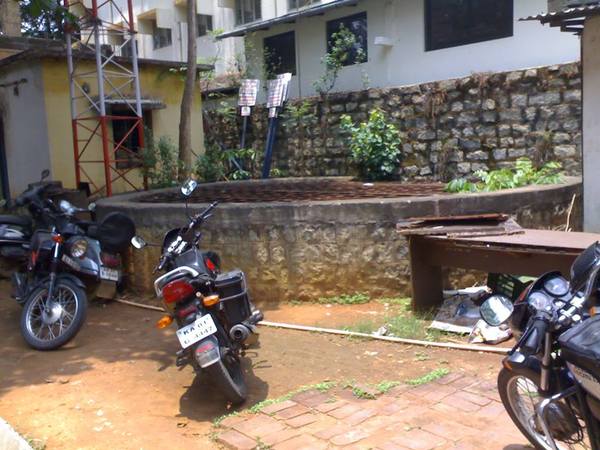
Pic: Shubha Ramachandran
Often times we (BIOME) are asked to compare the prices of recharge wells quoted by various well diggers. After speaking with the clients, we realise that they maybe comparing apples to oranges. Apples to oranges – since the well is not a standardised product but requires and includes several components and activities. Each well digger has his own vision of the well and related costs. Hence this blog post will throw some light on the components and activites that go into the making of a recharge well. And here we are not speaking of quality of activities or components – just a plain listing.
-
Soil excavation. Digging the well. The well is manually dug to the desired depth. The two events that can keep you from getting to the expected depth are
-
Encountering hard rock
-
Water inflow/ seepage from the side walls. This sometimes leads to collapse of the surrounding side walls. Digging can be continued by either manually removing the water or pumping out the water–if the safety of the well diggers is not compromised.
The size of the hole that is dug is normally about 6″ – 8″ larger than the size of the external diameter of the rings that are proposed to be placed. The cost of digging the well normally increases with increasing depth. An experienced well digger also normally quotes in a way such that his costs are covered for a minimum depth – irrespective of circumstances that might hold up work.
-
-
Dumping of excavated soil. This can be quite tricky and expensive – especially in core areas of Bengaluru. If possible, try and find a place close by for dumping. This might not necessarily result in lowered costs. The soil below 5ft depth is not of a quality that is good for planting – it can only be used for filling.
-
Purchase, transportation and placement of rings: Rings of good quality have to be purchased, brought to site and lowered into the well one by one.
-
Aggregates/Jelly in the annular space between the rings and pit. After lowering every 2 rings the annular space between the rings and the pit should be tightly filled with jelly, so that the soil around the rings does not collapse.
-
Well cover with manhole: The well should be covered on top with an good quality/sturdy RCC slab so that all accidents are prevented. It is good for the slab to have a manhole or peep hole so that rainwater coming into the well as well as flowing out of the well can be observed. The manhole should have a provision for locking.
-
Safety Grille: Increasingly we also encourage provision of a safety grille placed at about 2-3ft below the top slab. This ensures that no mishaps occur even if the slab were to give way.
So, yes, the final costs for the well are based on the above. The above elements can be of varying designs and qualities and that will further impact costs.